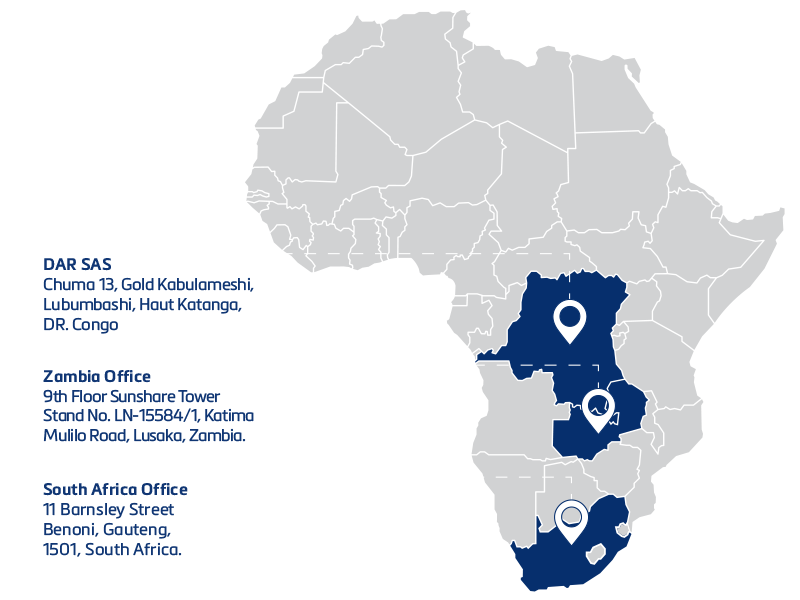Case Study – TCO Reduction for Pipe System Design the BT Industrial approach
- September 12, 2023
- 11:32 am
- Kgomotso Lekola

Our project involved implementing a water distribution network for a growing urban area. Our goal was to design an efficient pipe system to minimise costs without compromising the water quality and pressure requirements.
Material Selection: We chose HDPE pipes for the project because they are more durable, corrosion-resistant, and require less maintenance than traditional materials such as steel or concrete.
Designing for Africa: We considered the soil chemistry, ambient temperatures, and water purification chemicals to determine the potential oxidative degeneration of our HDPE solution and compensate accordingly.
Hydraulic Design Optimisation: We used advanced hydraulic modelling to optimise pipe diameters and layout, reducing the system’s pressure drops and energy consumption.
Leak Detection Technology: The pipe network was equipped with an intelligent leak detection system for real-time monitoring. This capability enabled timely repairs, minimising water losses and reducing operational costs.
Environmentally Friendly Practices: Whenever possible, we utilised trenchless installation methods to minimise environmental disturbance during the construction process.
Initial Capital Cost: Although HDPE pipes have a slightly higher capital cost than traditional materials, they offer reductions in transport costs, installation time, costs associated with trenchless techniques, and fewer connection points due to extra-long coils, ultimately offsetting the initial expense.
Operational Cost Savings: The hydraulic system’s optimised design and leak detection led to a 15% decrease in energy consumption and a 10% decrease in water loss, reducing operational costs for the municipality over the system’s lifespan.
Maintenance and Repairs: HDPE’s corrosion-resistant properties reduced maintenance needs, leading to fewer repairs and replacements over time, resulting in additional cost savings.
Environmental Impact: The use of HDPE pipes and the implementation of environmentally friendly construction practices and leak detection contributed to water conservation and a decrease in the carbon footprint associated with water distribution.
Overall, our approach to pipe system design in this hypothetical case study significantly reduced the Total Cost of Ownership while positively impacting the environment.
